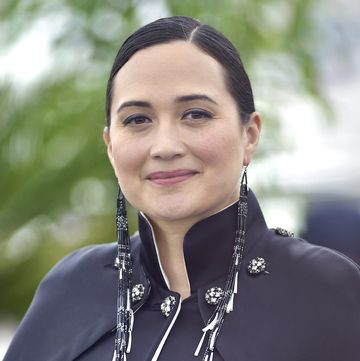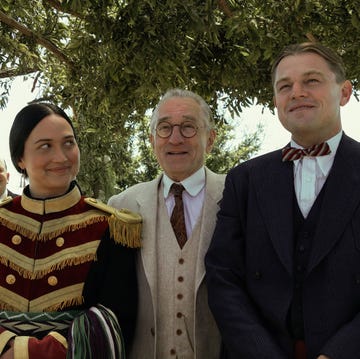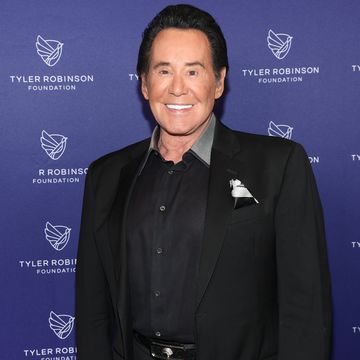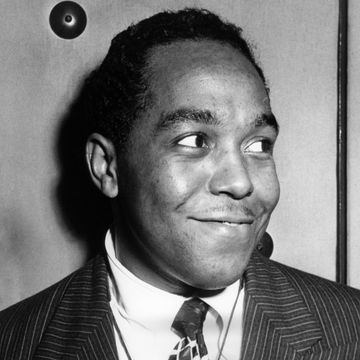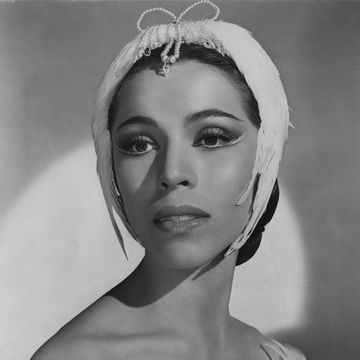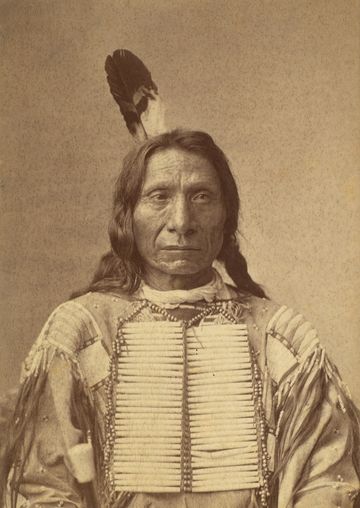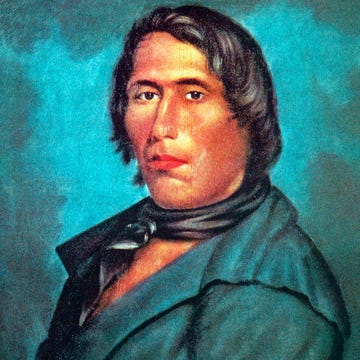1945-2010
Who Was Wilma Mankiller?
In 1985, Wilma Mankiller became the first female principal chief of the Cherokee Nation. She sought to improve the nation’s health care, education system, and government. She decided not to seek reelection in 1995 due to ill health. After leaving office, Mankiller remained an activist for Native American and women’s rights until her death in April 2010 at age 64.
Quick Facts
FULL NAME: Wilma Pearl Mankiller
BORN: November 18, 1945
DIED: April 6, 2010
BIRTHPLACE: Tahlequah, Oklahoma
SPOUSES: Hector Hugo Olaya de Bardi (1963-c. 1974) and Charlie Soap (1986-2010)
CHILDREN: Felicia and Gina
ASTROLOGICAL SIGN: Scorpio
Early Life
Wilma Pearl Mankiller was born on November 18, 1945, in Tahlequah, Oklahoma. She was a descendant of the Cherokee Indians, the Native Americans who were forced to leave their homelands in 1830s, as well as of Dutch and Irish descent.
Wilma grew up on Mankiller Flats, located near Rocky Mountain, Oklahoma, before moving with her family in the mid-1950s to San Francisco in hopes of a better life. Unfortunately, the family still struggled greatly in their new home due to dwindling finances and discrimination.
Mankiller attended Skyline College and San Francisco State University in California before enrolling at Flaming Rainbow University in Oklahoma, where she earned a bachelor’s degree in social sciences. Thereafter, she took graduate courses at the University of Arkansas.
Early Involvement with Cherokee Nation
In 1963, at age 17, Mankiller married Hector Hugo Olaya de Bardi. The couple later had two daughters: Felicia Olaya, born in 1964, and Gina Olaya, born in 1966.
In the 1960s, Mankiller was greatly inspired by Native Americans’ attempts to reclaim the island of Alcatraz, off the coast of San Francisco, and became more active in Indigenous issues. Always passionate about helping her people, she decided to return to Oklahoma in the mid-1970s, not long after filing for divorce from Olaya de Bardi. (Sources cite conflicting years that her first marriage ended, either 1974 or 1977.) Soon after returning to her native state, she began working for the government of the Cherokee Indian Nation as a tribal planner and program developer.
In 1979, Mankiller nearly lost her life in a serious car accident, in which she was struck head on by her best friend. Her friend died, and although Mankiller survived, she underwent numerous surgeries as a part of a long recovery process. She then had to battle a neuromuscular disease known as myasthenia gravis, which can lead to paralysis. Once again, Mankiller was able to overcome her health challenges.
Cherokee Indian Nation’s First Female Chief
Mankiller ran for deputy chief of the Cherokee Nation in 1983 and won, subsequently serving in that position for two years. Then, in 1985, she was named the tribe’s principal chief, making history as the first woman to serve as principal chief of the Cherokee people. She remained on the job for two full terms thereafter, winning elections in 1987 and 1991. A popular leader, Mankiller focused on improving the nation’s government as well as its health care and education systems. Due to ill health, she decided not to seek reelection in 1995.
Later Years and Death
For more than two decades, Mankiller led her people through difficult times. After leaving office, she continued her activism on behalf of Native Americans and women. She also taught for a short time at Dartmouth College in New Hampshire.
Mankiller shared her experiences as a pioneer in tribal government in her 1993 autobiography, Mankiller: A Chief and Her People. She also wrote and compiled Every Day Is a Good Day: Reflections by Contemporary Indigenous Women (2004), featuring a forward by leading feminist Gloria Steinem. For her leadership and activism, Mankiller received numerous honors, including the Presidential Medal of Freedom in 1998.
At age 64, Mankiller died on April 6, 2010, in Adair County, Oklahoma. She was survived by her second husband, Charlie Soap, whom she married in 1986.
After learning of Mankiller’s passing in 2010, President Barack Obama issued a statement about legendary Cherokee chief: “As the Cherokee Nation’s first female chief, she transformed the nation-to-nation relationship between the Cherokee Nation and the federal government, and served as an inspiration to women in Indian Country and across America... Her legacy will continue to encourage and motivate all who carry on her work.”
Quotes
- I’ve run into more discrimination as a woman than as an Indian.
- A lot of young girls have looked to their career paths and have said they’d like to be chief. There’s been a change in the limits people see.
- Growth is a painful process.
Fact Check: We strive for accuracy and fairness. If you see something that doesn’t look right, contact us!
The Biography.com staff is a team of people-obsessed and news-hungry editors with decades of collective experience. We have worked as daily newspaper reporters, major national magazine editors, and as editors-in-chief of regional media publications. Among our ranks are book authors and award-winning journalists. Our staff also works with freelance writers, researchers, and other contributors to produce the smart, compelling profiles and articles you see on our site. To meet the team, visit our About Us page: https://www.biography.com/about/a43602329/about-us




